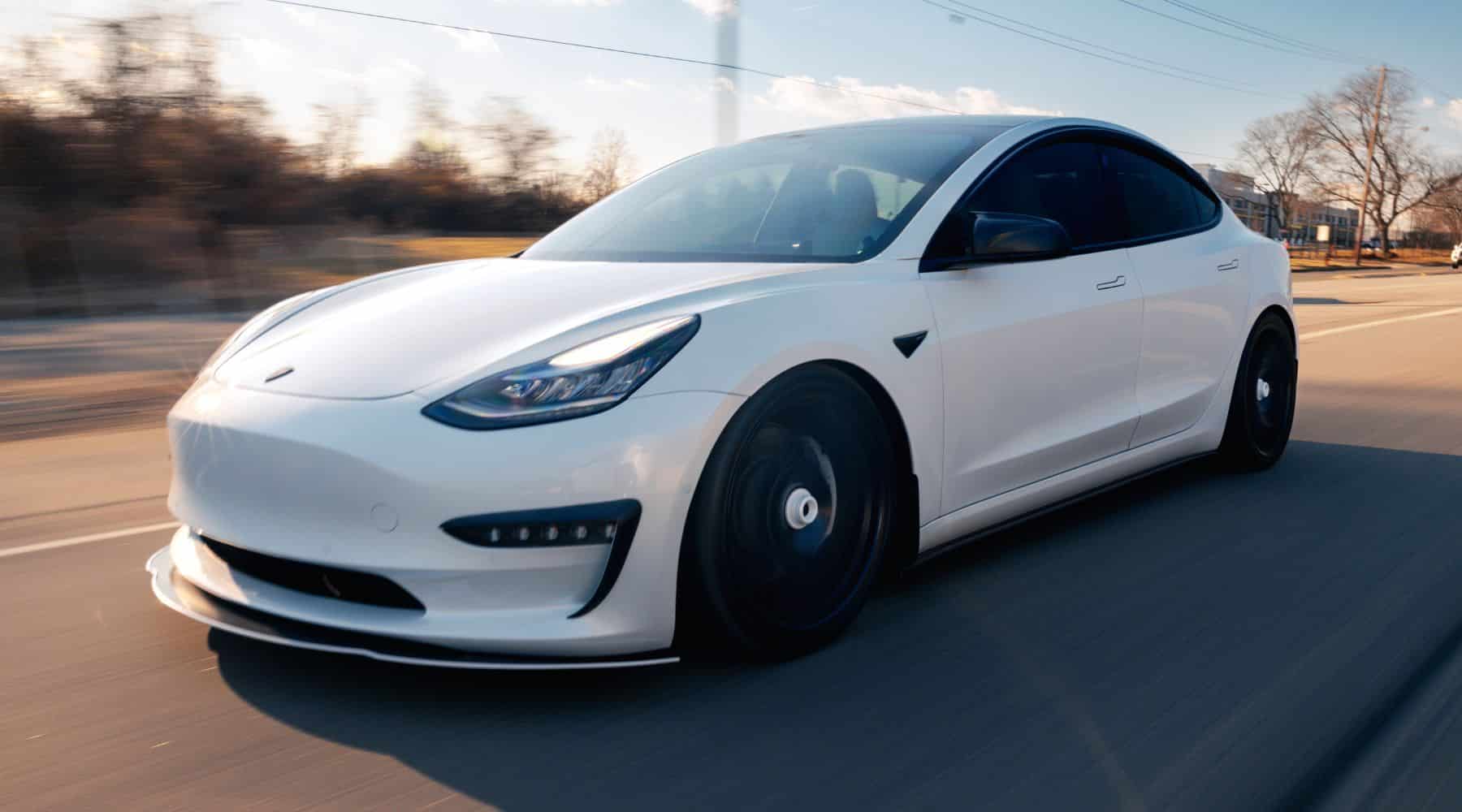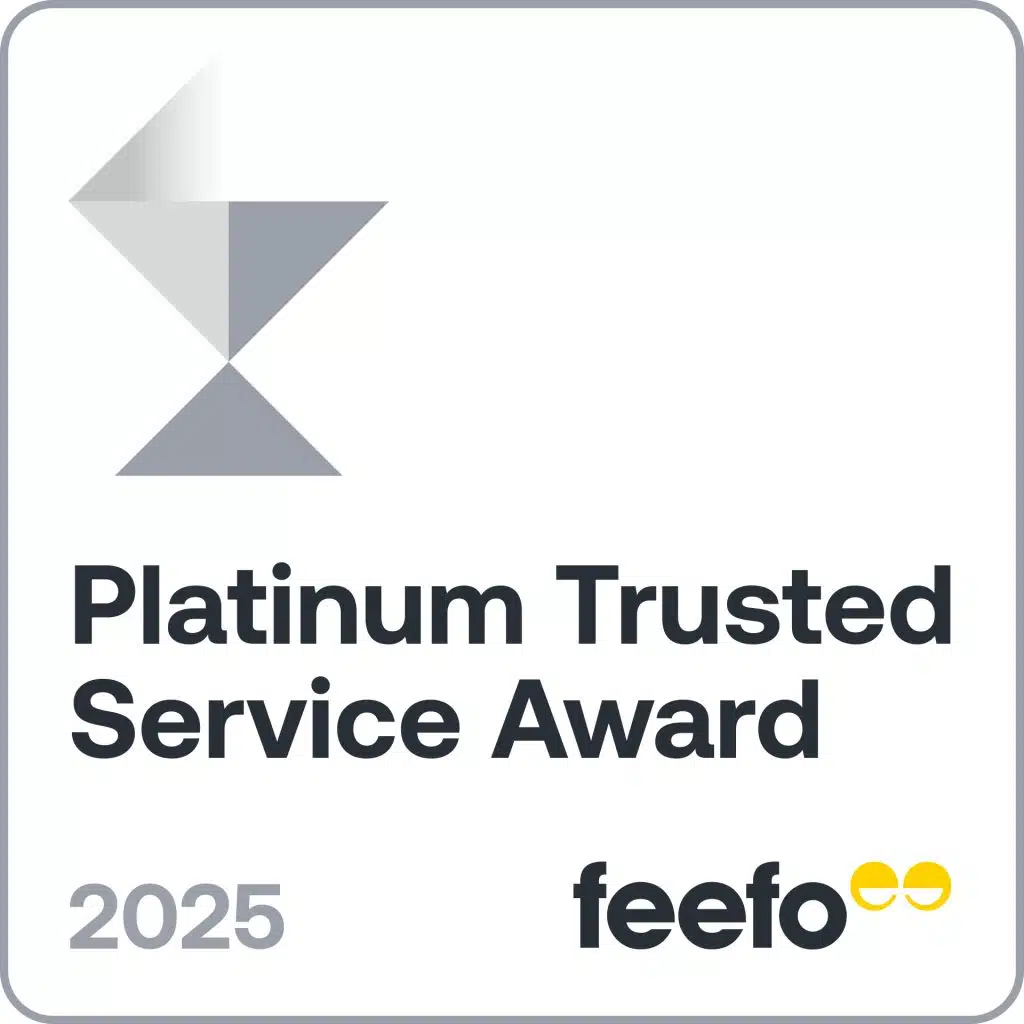Green car loan rates




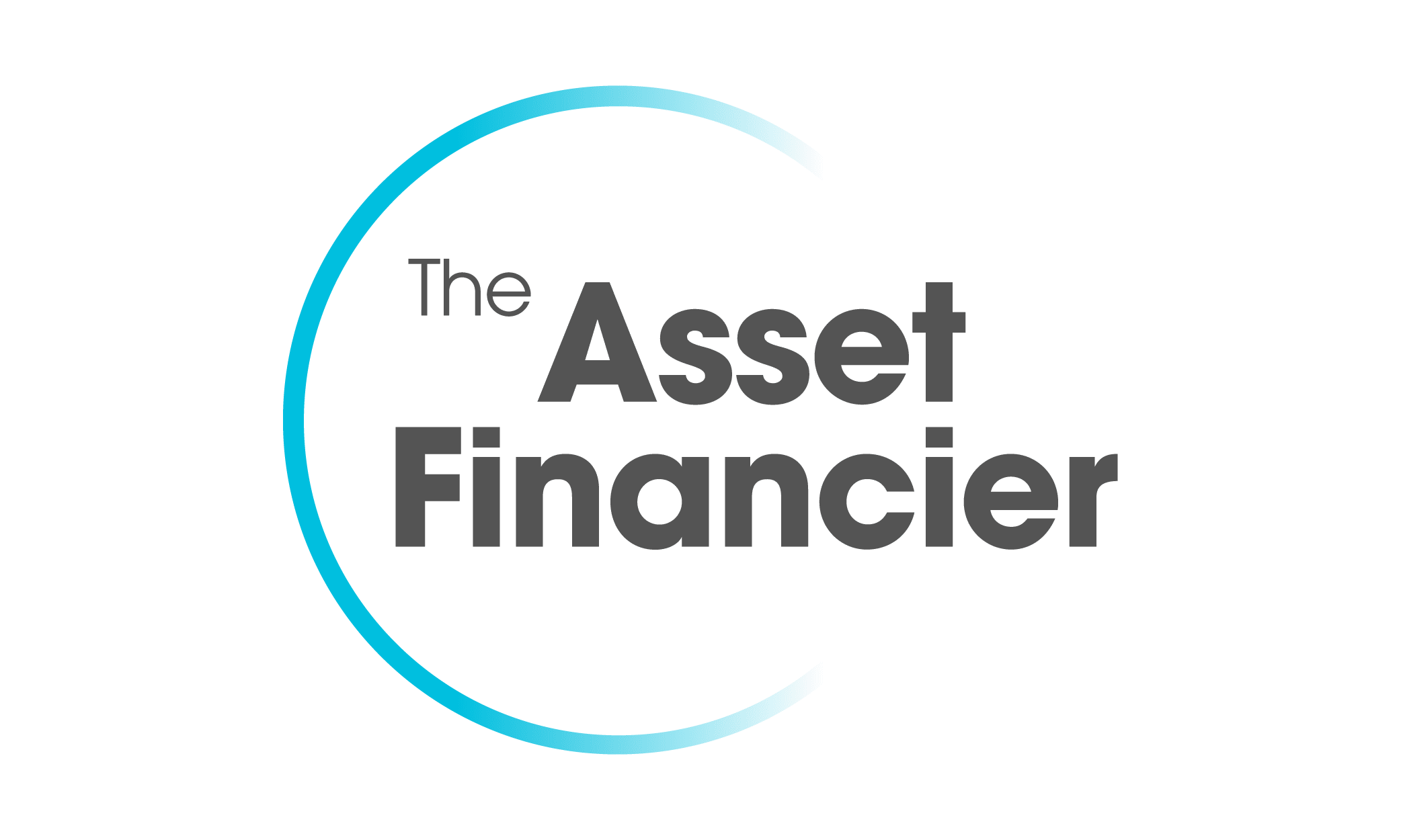



Rates correct as of 8 September 2025. Quotes based on a $30,000, five-year car loan for a borrower with good credit.
How much can I save with a green car loan?
Choosing a green car loan can save you money compared to a standard car loan, thanks to lower interest rates and reduced fees. Some green loans offer rates from as low as 5.50% p.a. Even small differences in rates and fees can add up to big savings over time. This means how much it costs to finance a Tesla or another premium EV can potentially be thousands cheaper with a modest rate cut. Take the following example:
| Type of loan | Interest rate | Establishment fee | Ongoing fee | Monthly repayment | Overall cost |
|---|---|---|---|---|---|
| Standard | 6.00% p.a. | $300 | $10 | 1176.00 | $70,546 |
| Green | 5.50% p.a. | $150 | $0 | $1,149 | $68,936 |
| Calculations based on a $60,000 car loan repaid over five years. | |||||
As you can see, you’d stand to save over $1,600 by opting for the green car loan in this instance.
However, these loans can sometimes come with stricter car eligibility requirements. Each lender will have its own set of criteria and/or approved lists of low-emission vehicles, so it’s important to confirm your car qualifies before applying.
It may also be worth looking into novated lease options for your electric vehicle. A novated lease can offer significant tax savings, particularly for EVs that qualify for fringe benefits tax (FBT) exemptions under the luxury car tax (LCT) threshold, potentially lowering your overall vehicle costs even further. You can see this in the table below:
EV finance: car loans vs novated leases
2025 BYD Dolphin Premium
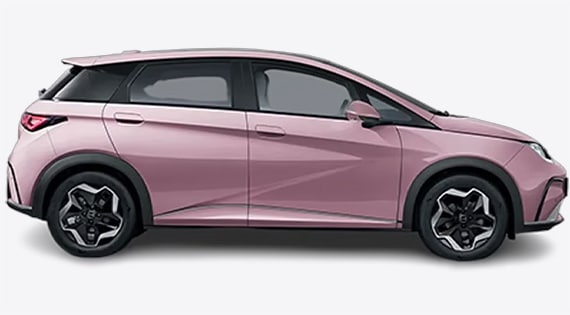
| Finance type | Purchase price | Interest rate | Weekly payment | Total cost over five years (inc. on-road) |
|---|---|---|---|---|
| Car loan | $36,990 | 5.75% p.a. | $164 (post-tax) | $67,796 |
| Novated lease | $36,990 | 7.50% p.a. | $162 (pre-tax) | $47,333 |
|
Car loan Novated lease |
|
$36,990 $36,990 |
|
5.75% p.a. 7.50% p.a. |
|
$164 (post-tax) $162 (pre-tax) |
|
$67,796 $47,333 |
2025 Mini Cooper JCW Electric

| Finance type | Purchase price | Interest rate | Weekly payment | Total cost over five years (inc. on-road) |
|---|---|---|---|---|
| Car loan | $63,990 | 5.75% p.a. | $283 (post-tax) | $99,034 |
| Novated lease | $63,990 | 7.50% p.a. | $218 (pre-tax) | $69,546 |
|
Car loan Novated lease |
|
$63,990 $63,990 |
|
5.75% p.a. 7.50% p.a. |
|
$283 (post-tax) $218 (pre-tax) |
|
$99,034 $69,546 |
2025 Tesla Model Y Performance
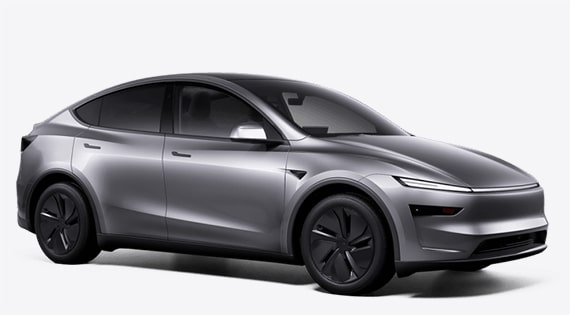
| Finance type | Purchase price | Interest rate | Weekly payment | Total cost over five years (inc. on-road) |
|---|---|---|---|---|
| Car loan | $82,900 | 5.75% p.a. | $369 (post-tax) | $120,912 |
| Novated lease | $82,900 | 7.50% p.a. | $280 (pre-tax) | $87,311 |
|
Car loan Novated lease |
|
$82,900 $82,900 |
|
5.75% p.a. 7.50% p.a. |
|
$369 (post-tax) $280 (pre-tax) |
|
$120,912 $87,311 |
Model prices sourced from CarsGuide and are correct as of August 2025. Prices do not include on-road costs or other expenses related to the car purchase process. Calculations are for illustrative purposes only and aren’t necessarily reflective of the car loan or novated lease rate or terms you’ll receive. Total cost calculations include an annual running cost of $5,000. Car loan interest rate based on lowest available rate through Savvy as of September 2025. Novated lease calculations based on a $90,000 salary and a car driven between 10,000km and 15,000km per year. Overall novated lease cost calculations are inclusive of tax savings. They do not take into account personal factors, additional income, deductible benefits, personal vs business use ratios and credit suitability.
When annual tax savings are incorporated into the novated lease cost, it’s clear to see that it can prove a much cheaper option than a car loan for the purchase of electric vehicles.
Luxury car tax discounts
Another key difference between EVs and other green vehicles compared to non-green vehicles is the increased LCT threshold. For reference, the tax payable is 33% of any amount above the threshold set for the vehicle you’re buying. The formula for working out the payable LCT is:
(LCT value − LCT threshold) × 10 ÷ 11 × 33%
As of the 2025-26 financial year, the green car LCT threshold is set at $91,387, compared to $80,567 for other cars. This increased threshold applies to vehicles that don’t exceed a combined fuel economy of 7.0L/100km. To show how great a difference that makes to the purchase price of the vehicle, take the following example:
Car purchase prices: LCT vs no LCT
2025 Tesla Model Y Performance

| Purchase price | LCT threshold | LCT payable | Overall purchase price |
|---|---|---|---|
| $82,900 | $91,387 | $0 | $82,900 |
|
$82,900 |
|
$91,387 |
|
$0 |
|
$82,900 |
2025 Genesis GV70 3.5T AWD Signature Sport
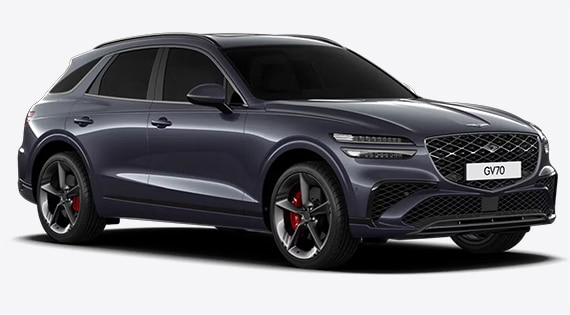
| Purchase price | LCT threshold | LCT payable | Overall purchase price |
|---|---|---|---|
| $100,200 | $80,567 | $5,890 | $106,090 |
|
$100,200 |
|
$80,567 |
|
$5,890 |
|
$106,090 |
Model prices sourced from CarsGuide and are correct as of August 2025. Prices do not include on-road costs or other expenses related to the car purchase process. Calculations are for illustrative purposes only.
Will I have to pay LCT on my green car purchase?
You may have to pay LCT if you decide to purchase a green car whose value exceeds the taxable threshold. If you’re buying from a dealership, the cost of this tax will likely be included in the purchase price of the car, but importing a car yourself means you’ll have to pay it directly. The tax payable is 33% of any amount above the threshold.
However, the threshold for fuel-efficient vehicles, which is defined by the ATO as those that don’t exceed a combined fuel economy of 7.0L/100km, is higher than for other vehicles. As of the 2025-26 financial year, this is set at $91,387, compared to $80,567 for other cars.
Why apply for a car loan with Savvy?
Fast & easy application
Apply online and submit and sign all your documents digitally. We can assess your profile with a soft credit check, so your score isn't impacted.
Trusted since 2010
With 15+ years of experience and a 4.9-star customer service rating on Feefo, we've helped thousands of Aussies find their ideal car loan.
Unbeatable rates & choices
Access 40+ lending partners nationwide. We compare providers to find the most competitive interest rates tailored to your profile.
The pros and cons of green car loans
Pros
-
Discount on interest rate and fees
The main benefit of green car finance is the discount available to vehicle buyers, which comes in the form of lower rates, reduced or waived fees and a higher LCT threshold.
-
Same loan structure as standard car loans
This is the same product as a car loan, meaning there aren’t any major structural differences you’ll need to wrap your head around.
-
Reduce your carbon footprint
By purchasing an electric or hybrid vehicle, you can be safe in the knowledge that you're helping reduce emissions in Australia.
Cons
-
Criteria differ between lenders
What constitutes a green car and the other eligibility criteria for vehicles can vary between lenders, so it’s important to apply with Savvy.
-
Fewer options available for used green cars
Because electric and hybrid vehicles are newer developments on the market (especially BEVs), there may be fewer used options available.
-
Not available with all lenders
Finally, there’s the simple fact that not all lenders actually offer discounts for green vehicles. Your options for discounted finance may be limited.
EV and hybrid rebates by state
Depending on where you live in Australia, you may be able to benefit from EV incentives. The following states and territories currently have schemes in place:
- The ACT offers incentives for zero-emission vehicles, including discounted registration, no-interest loans of up to $15,000 for eligible buyers and stamp duty exemptions (exemptions will end on 1 September 2025).
- The Northern Territory offers EV and PHEV owners free registration and a stamp duty concessionof up to $1,500 (for cars up to $50,000) until 30 June 2027.
Green car schemes have now closed in these states:
- New South Wales’ Electric Vehicle Strategy, which allowed NSW residents to apply for a $3,000 rebate for eligible EV purchases, ended on 1 January 2024. However, if you placed a deposit on a vehicle prior to this date and it hasn’t been delivered, you’ll still be eligible.
- Queensland offered the largest EV subsidy in Australia, with rebates of up to $6,000on eligible cars through the Zero Emission Vehicle Rebate Scheme. However, the scheme closed to new applications on 2 September 2024.
- South Australia’s subsidy scheme, which offered a $3,000 subsidy on new battery and hydrogen fuel cell vehicles, closed on 1 January 2024. However, for eligible vehicles first registered between 28 October 2021 and 30 June 2025, a three-year registration fee exemption may still apply.
- Tasmania’s Electric Vehicle Rebate programprovided $2,000 for new and second-hand (but ‘new to Tasmania’) EVs, up to a total of $750,000. As of May 2025, this program is now closed.
- Victoria’s Zero Emissions Vehicle Subsidy Programwas the first in Australia, but is now closed to new applicants.
- Western Australia’s Zero Emission Vehicle (ZEV) Rebate Scheme, which offered a rebate of $3,500 for eligible EVs or hydrogen vehicles registered in the state, closed to new applicants on 10 May 2025.
How to apply for a green car loan with Savvy
-
Apply online
Fill out our simple web form to apply.
-
Send through your docs
Supply any documents required for profile verification.
-
Get a call from your broker
Speak about the green finance options available to you.
-
Find your ideal car
If you haven’t already found your ideal EV or hybrid, we can help you source one.
-
Prepared and approved
Your broker will apply for you and let you know when it’s approved.
-
Sign on the dotted line
We’ll send the contracts to sign and, once it’s all settled, the car is yours!
Most popular green cars in Australia: 2025
If you’re wondering what EV might be suitable for you and your family, or aren’t sure what vehicles qualify for a green car loan, we’ve compiled a list of the ten most popular cars sold in Australia for each category in the first half of this year.
Electric vehicles
| Model | Sales: Jan-Jun 2025 |
|---|---|
| Tesla Model Y | 10,431 |
| BYD Sealion 7 | 3,756 |
| Tesla Model 3 | 3,715 |
| Kia EV5 | 2,765 |
| MG MG4 | 2,268 |
| BYD Atto 3 | 1,854 |
| Geely EX5 | 1,845 |
| BYD Seal | 1,609 |
| BYD Dolphin | 1,337 |
| Kia EV3 | 1,153 |
| Source: Federal Chamber of Automotive Industries | |
Hybrid vehicles
| Model | Sales: Jan-Jun 2025 |
|---|---|
| BYD Shark 6 | 10,424 |
| BYD Sealion 6 | 4,375 |
| Mitsubishi Outlander PHEV | 2,961 |
| GWM Haval H6 PHEV | 1,172 |
| Mazda CX-60 P50e | 765 |
| Mazda CX-80 P50e | 756 |
| Mitsubishi Eclipse Cross PHEV | 729 |
| BMW X3 30e xDrive | 445 |
| Kia Sorento GT-Line PHEV | 400 |
| Jaecoo J7 SHS | 275 |
| Source: Federal Chamber of Automotive Industries | |
PHEVs
| Model | Sales: Jan-Jun 2025 |
|---|---|
| Toyota RAV4 | 23,956 |
| Toyota Corolla | 9,106 |
| Toyota Corolla Cross | 6,264 |
| Hyundai Tucson Hybrid | 5,086 |
| Hyundai Kona Hybrid | 4,799 |
| Toyota Yaris Cross | 4,379 |
| Toyota Kluger | 4,372 |
| Toyota Camry | 4,238 |
| Hyundai Santa Fe Hybrid | 2,600 |
| Lexus NX | 2,345 |
| Source: Federal Chamber of Automotive Industries | |
Car Loan Lenders We Work With


































- EV sales power ahead in 2025 - Electric Vehicle Council
- Electric cars exemption - Australian Taxation Office
- Zero Emissions Vehicles - ACT Government
- Get registration and stamp duty concessions for electric vehicles - Northern Territory Government
- Rebates for electric vehicle purchases - NSW Government
- Queensland Zero Emission Vehicle Rebate Scheme - Queensland Rural and Industry Development Authority
- Incentives for electric vehicles - South Australian Department of Treasury and Finance
- e-Transport support - Renewables, Climate and Future Industries Tasmania
- Zero emissions vehicles - Victorian Department of Energy, Environment and Climate Action
- Zero emission vehicle (ZEV) rebate - WA Department of Transport and Major Infrastructure
- Luxury car tax rate and thresholds - Australian Taxation Office
- Electric Vehicle Index - Australian Automobile Association


